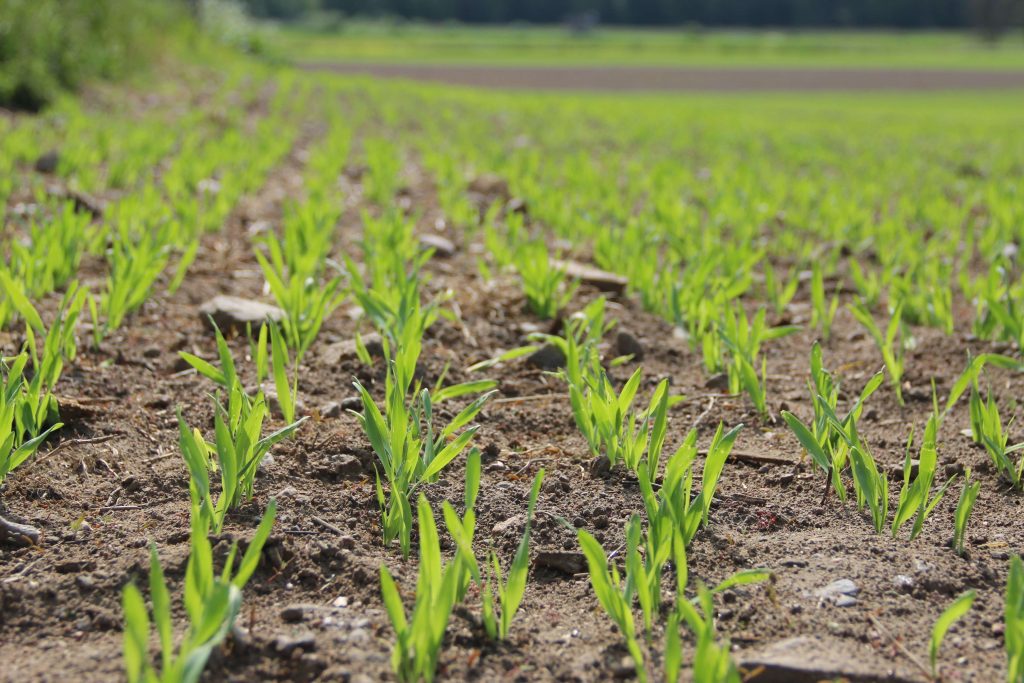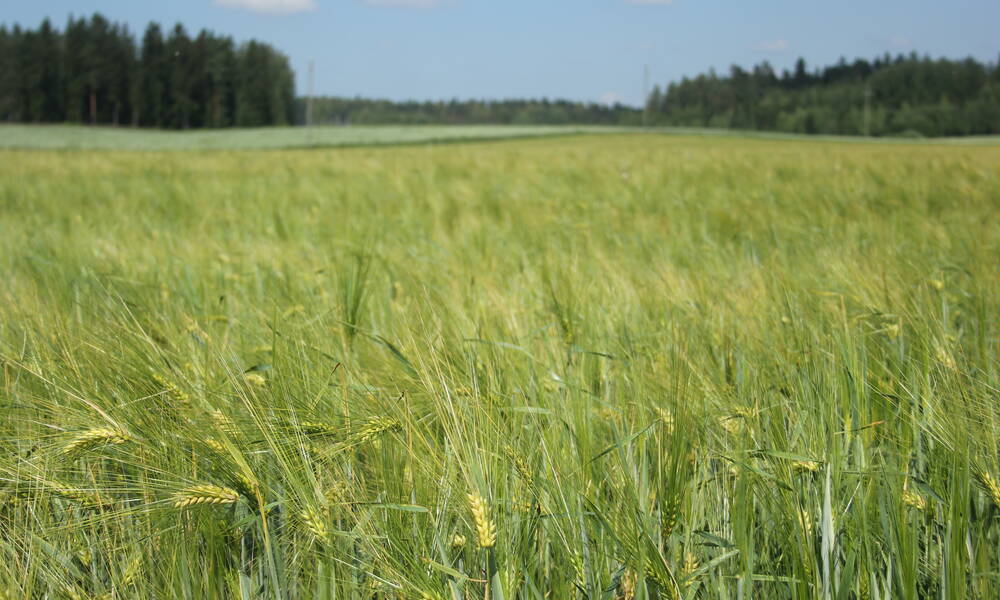Sustainable food production requires efficient nutrient recycling and responsible use of natural resources. Recycled fertilisers offer a concrete solution by returning nutrient-rich biomass back to crop production.
The Finnish Biocycle and Biogas Association (SBB) and ProAgria have jointly developed a recycled fertiliser guide, which compiles practical information on using recycled fertilisers in arable farming. The guide covers, among other topics, availability of recycled fertilisers, main product groups, their properties, storage, application methods, and cost-effectiveness. It also examines the importance of nutrient recycling and future development prospects.
What are recycled fertilisers?
Recycled fertilisers are made from biobased side streams from agriculture, food and forestry sectors, and municipalities. Examples include meat-and-bone meal processed from slaughterhouse by-products, digestate from biogas production, and vinasse generated as by-products in sugar and fermentation industries.

Planning for use of recycled fertilisers should begin well before the growing season.
Image credit: Laura Hartikka
Recycled fertilisers are classified by physical form: liquid, slurry, solid, or granular. The form affects how the fertiliser is applied, how nutrients are released to plants, and requirements for storage and handling. The main production methods are anaerobic digestion and composting. These products may also undergo further processing such as separation or stripping.
In Finland in 2024, there were around 200 producers of recycled fertilisers. Interest is growing, which supports increased availability in the future. Currently, their share of the total fertiliser market (by value) is estimated at approx. 5–7 %. A significant amount of biomass suitable for recycled fertiliser production is generated annually in Finland, so there is good potential to increase market share.
Planning is crucial for successful use
Planning the use of recycled fertilisers should begin with mapping and information gathering. To assess availability and suitability, it is important to identify local suppliers, their products, and characteristics. Peer farmers and advisory services can share experiences and practical tips, supporting suitable product selection.
When storing, ensure sufficient storage capacity – recycled fertilisers are typically delivered during winter. Storage must also consider environmental risks and potential odour issues.
The application method depends on the fertiliser form, and timing is crucial for effective nutrient uptake by crops. Recycled fertilisers can achieve yields comparable to mineral fertilisers, but this requires careful attention to conditions, timing, and application techniques.

Recycled fertilisers support yields – Finnish studies have shown that grain yields can match those achieved with mineral fertilisers. Image credit: MTK Image Bank
Key considerations when using recycled fertilisers
Regulations and restrictions on fertiliser use must be clearly understood. For example, those based on sewage sludge have stricter requirements than other recycled fertilisers and may be banned under contract farming. In organic production, sewage sludge–based products are prohibited, but fertilisers from other biobased sources are generally permitted.
The guide does not address farmyard manure since it is not as such a recycled fertiliser. However, it is an important raw material in recycled fertiliser production. In practice, recycled fertilisers are often supplemented with manure and mineral fertilisers to ensure adequate nutrient supply.
Nitrogen in recycled fertilisers is often bound in organic matter and is not immediately plant-available. It must first be mineralised by soil microbes before uptake by plants. Nutrient release rate depends on soil moisture, temperature, and microbial activity.
Sustainable farming with recycled nutrients
Using recycled fertilisers has multiple benefits. They support soil fertility and enhance farming resilience. Increased organic matter and soil humus improve soil structure, water balance, and microbial activity, boosting yields in the long term. Organic recycled fertilisers also play a key role in building soil carbon stocks.
Resilience and self-sufficiency have become significant themes recently. Domestic recycled fertilisers can reduce fertiliser costs and dependence on imported products, improving the farm’s economic sustainability. Additionally, recycled fertilisers promote local nutrient cycles and strengthen the circular economy.
Future prospects
Future trends in recycled fertilisers will emphasize combining organic and inorganic components to reduce carbon footprints and improve soil fertility. Product development aims to optimise use and application. Replacing peat with recycled materials is a key objective.
Agriculture plays a central role in the recycled fertiliser value chain – as both raw material suppliers and end-users. A functional value chain requires collaboration and new actors to mainstream use. The long-term goal is for nutrient recycling to become profitable business.
References
Suomen Biokierto ja Biokaasu & ProAgria. 2025: Kierrätyslannoitteiden käyttö peltoviljelyssä.
Hartikka, L. 2023: Gradu – Kierrätyslannoitteiden vaikutuksia ohran sadon muodostumiseen Etelä-Suomessa